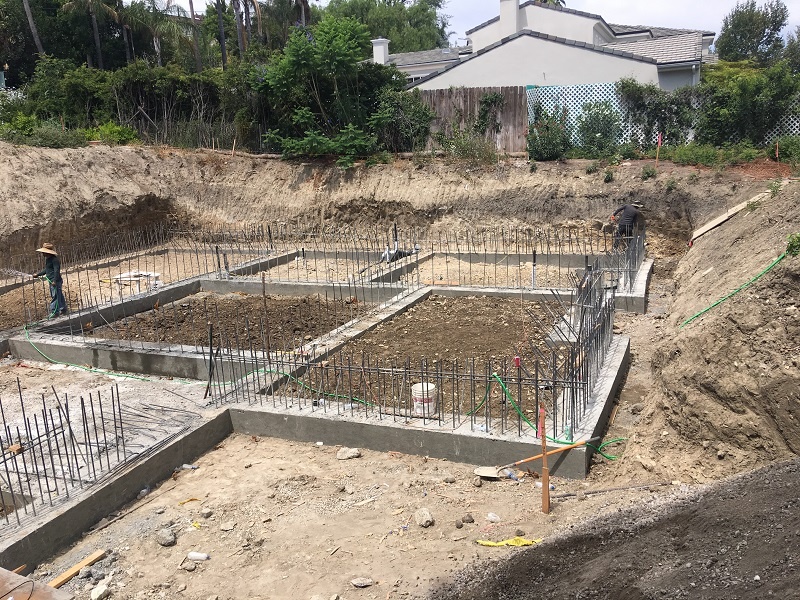Introduction: The Unsung Heroes of Home Construction
When people think about building a house, their minds often jump to architects, designers, or even interior decorators. But there’s one key player behind the scenes who sets the stage for everything to come — the residential framing contractor. These professionals are responsible for creating the “skeleton” of a house, shaping the basic layout, walls, floors, and roof structure. Without their expertise, home construction wouldn't even get off the ground. Today, modern framing contractors are doing much more than assembling wood and nails. They’re changing the way homes are built — making them faster, smarter, and stronger.
What Does a Residential Framing Contractor Do?

At its core, framing is about building the structural framework of a house. This includes putting up studs, joists, rafters, and beams that give the home its shape and support. A residential framing contractor is the specialist hired to manage this phase of construction. They work closely with general contractors, engineers, and other trades to ensure the frame of the home is built accurately and up to code.
But framing isn’t just physical labor. It requires sharp planning, exact measurements, and a deep understanding of construction principles. A skilled framing contractor will read blueprints, order materials, oversee crews, and solve on-site challenges—all while sticking to deadlines and budgets.
Embracing New Technologies in Framing
The construction industry, traditionally slow to adopt technology, is experiencing a wave of innovation—and framing contractors are right at the center of it. Here’s how modern tools and techniques are reshaping the framing process:
1. Digital Blueprinting and 3D Modeling
Instead of relying solely on paper blueprints, many framing contractors now use digital plans and 3D modeling software. These tools allow for more precise planning and fewer errors during the build. Contractors can visualize how the frame fits with electrical and plumbing systems, making it easier to avoid costly rework.
2. Prefabrication and Modular Components
One of the biggest game-changers in recent years is the use of prefabricated wall panels and floor systems. Rather than cutting and assembling everything on-site, contractors can order pre-built components from off-site facilities. This approach reduces waste, speeds up installation, and increases overall quality control.
3. Advanced Framing Techniques
Modern framing also focuses on energy efficiency. Advanced framing techniques use fewer materials but still meet structural requirements. This allows for better insulation and lower energy costs in the long run. Techniques like spacing studs 24 inches apart, aligning framing components, and using two-stud corners are gaining popularity among forward-thinking framing professionals.
The Role of Sustainability in Framing
As environmental awareness grows, framing contractors are adapting their methods to reduce the ecological impact of homebuilding. Many now choose sustainable or recycled materials and use techniques that minimize lumber waste. In addition, software helps contractors plan cuts more efficiently, ensuring that less material ends up in landfills.
Energy-efficient framing practices are also part of green building standards like LEED and Energy Star. By framing homes to support better insulation and airtight seals, contractors play a key role in creating eco-friendly living spaces.
Framing Contractors as Project Leaders
Today’s residential framing contractors are not just builders—they are leaders on the job site. They manage crews, coordinate with other trades, and maintain safety and compliance. Strong leadership and communication skills are essential, especially as homes become more complex with integrated technologies, open floor plans, and custom features.
Some framing contractors now use apps and cloud-based systems to schedule crews, manage time logs, track materials, and share updates in real-time. These tools help streamline operations and keep projects running smoothly.
Meeting Modern Demands and Designs
Homebuyers today want open layouts, unique architectural features, and flexible living spaces. This puts extra pressure on the framing stage of construction. Residential framing contractors must now be more adaptable and creative than ever before. Whether it’s vaulted ceilings, large window walls, or multi-level designs, they need to ensure structural stability while delivering on aesthetic goals.
Modern framing also has to accommodate new materials like steel framing or engineered wood products. Contractors must stay up to date on installation techniques, safety requirements, and code changes that come with these innovations.
Training the Next Generation
As older generations of contractors retire, the demand for skilled framers is growing. Many experienced professionals are now mentoring younger workers and encouraging careers in the trades. Some also partner with vocational schools or participate in apprenticeships, helping ensure the next wave of framing experts are ready to build the homes of tomorrow.
With access to better tools, training, and technologies, new framing contractors can enter the workforce more prepared and confident than ever before.
Conclusion: Framing a Smarter Future for Homebuilding
Framing may be one of the earliest steps in home construction, but its importance cannot be overstated. Residential framing contractors are the foundation builders — the ones who bring blueprints to life and set the direction for the rest of the project. As technology, design trends, and sustainability needs evolve, framing contractors are stepping up to lead the way.
By embracing modern tools, eco-conscious practices, and advanced techniques, today’s framing contractors are doing more than building houses. They’re shaping the future of how homes are built — making them stronger, smarter, and more sustainable for generations to come.






